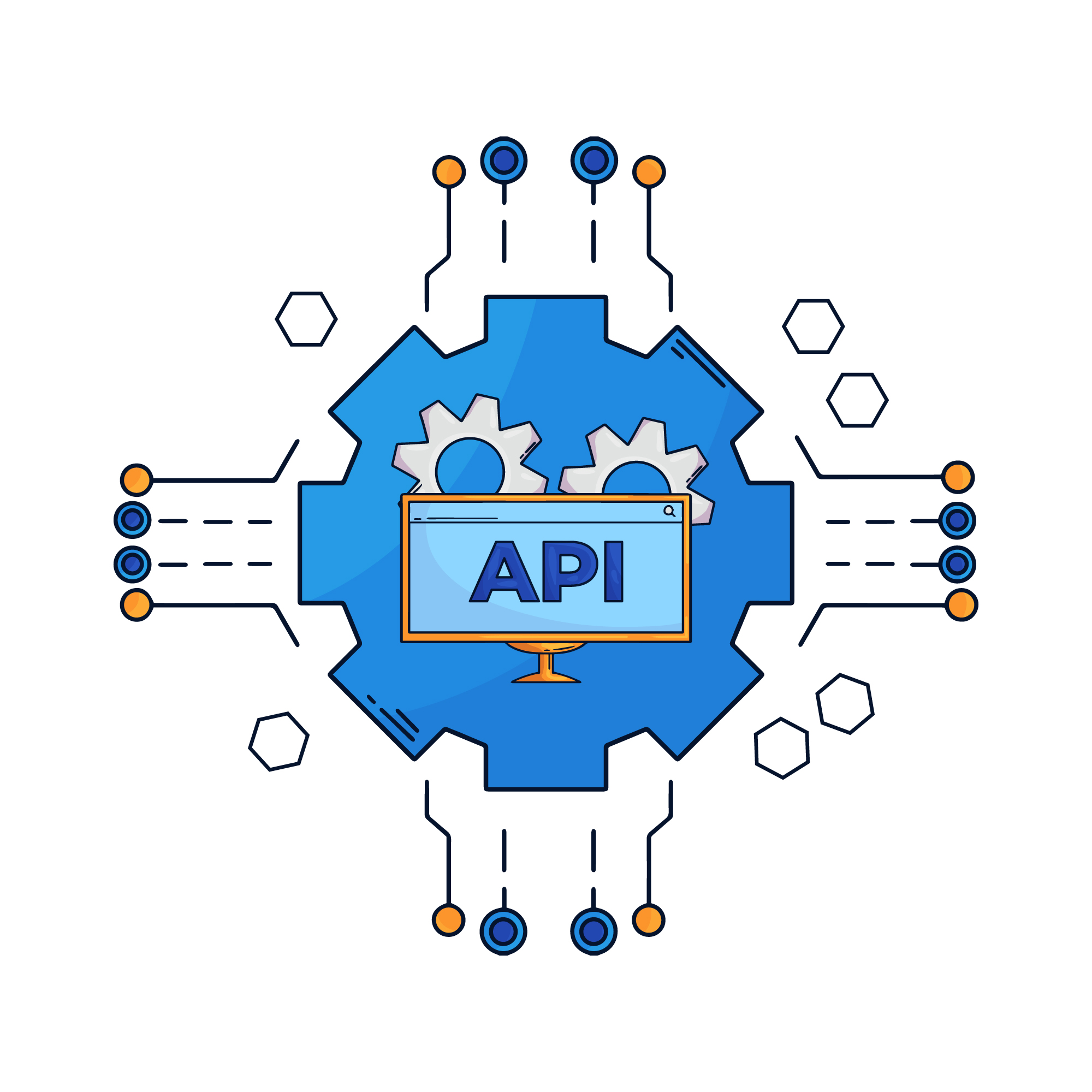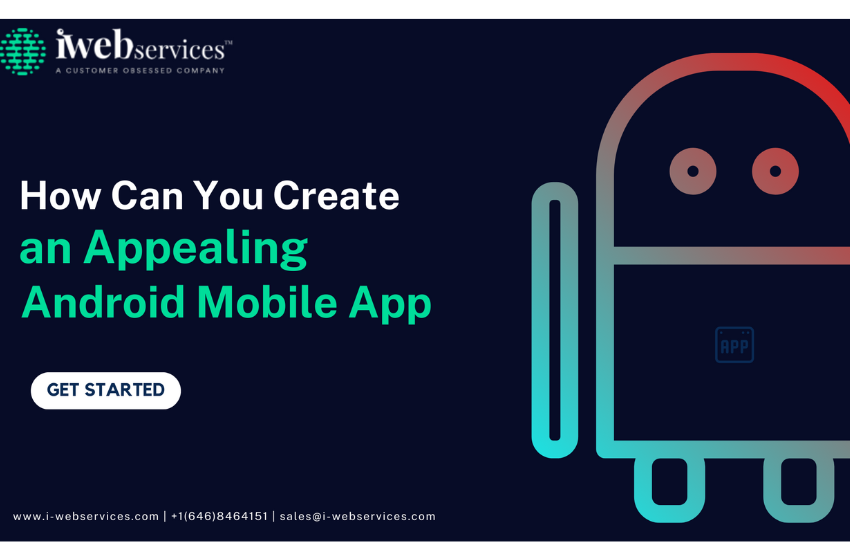Understanding API Integration Services

In the ever-evolving landscape of digital marketing, the ability to seamlessly connect and integrate various platforms and applications is paramount. Enter API integration services, a technological backbone that plays a pivotal role in creating a connected and cohesive digital ecosystem. In this comprehensive blog post, we’ll explore the significance of API integration services in the realm of digital marketing, uncovering their benefits, challenges, and strategies for seamless implementation.
Understanding API Integration Services
What is API Integration?
API, or Application Programming Interface, is a set of protocols and tools that allows different software applications to communicate with each other. API integration involves connecting these applications, enabling them to share data and functionalities. In the context of digital marketing, this integration proves instrumental in achieving a unified and efficient marketing strategy.
The Role of APIs in Digital Marketing
Data Synchronization:
API integration facilitates the seamless exchange of data between different marketing tools. From customer relationship management (CRM) systems to email marketing platforms, APIs ensure that data stays synchronized, eliminating the need for manual data entry and reducing the risk of errors.
Automation and Efficiency
APIs empower marketers to automate repetitive tasks and workflows. By integrating various marketing tools, processes such as lead generation, customer segmentation, and campaign analysis can be automated, saving time and resources.
Personalization and Targeting
With APIs, marketers can access and analyze data from various sources, allowing for better customer insights. This data-driven approach enables personalized marketing strategies, ensuring that messages are tailored to specific audience segments, thereby increasing engagement and conversions.
Cross-Platform Campaigns:
API integration facilitates cross-platform marketing campaigns. Marketers can seamlessly execute campaigns across multiple channels, from social media and email to content distribution platforms, ensuring a consistent and synchronized brand message.
Benefits of API Integration Services in Digital Marketing:
1. Enhanced Operational Efficiency:
API integration services streamline processes by automating repetitive tasks and eliminating the need for manual data entry. This not only reduces the risk of errors but also enhances overall operational efficiency.
2. Improved Customer Experience:
With APIs connecting various touchpoints, marketers gain a holistic view of customer interactions. This comprehensive understanding allows for the delivery of personalized and relevant content, contributing to an enhanced customer experience.
3. Real-time Data Accessibility:
API integration provides real-time access to critical data. Marketers can make informed decisions on the fly, adjusting campaigns based on the latest insights, market trends, and customer behaviors.
4. Scalability and Adaptability:
APIs are designed to be scalable, accommodating the evolving needs of a growing business. As digital marketing strategies expand, API integration ensures that the underlying infrastructure can adapt to changing requirements.
5. Cost-Effectiveness:
While there may be upfront costs associated with API integration services, the long-term benefits often outweigh the initial investment. The automation and efficiency gained result in cost savings over time.
Challenges and Strategies for Seamless API Integration:
Security Concerns:
The exchange of data between different applications raises security concerns. Ensuring the security of data during transmission and storage is a critical consideration.
Compatibility Issues:
Different applications may use different technologies and data formats. Ensuring compatibility and smooth data translation between systems is a common challenge.
Scalability Challenges:
As the business grows, the complexity and volume of data increase. Scalability challenges may arise if the API integration is not designed to handle larger datasets.
Strategies
Security Protocols:
Implement robust security protocols, such as encryption and authentication, to safeguard data during transmission. Regular security audits can help identify and address vulnerabilities.
Standardization of Data Formats:
Standardizing data formats ensures compatibility between different systems. Implementing widely accepted standards helps prevent data translation issues.
Scalable Architecture:
Designing a scalable architecture from the outset ensures that the API integration can handle increased data volumes as the business grows. Regular assessments and updates can address scalability challenges.
Implementing API Integration Services: Best Practices
1. Define Clear Objectives:
Before embarking on API integration, clearly define the objectives. Whether it’s improving data synchronization, automating marketing processes, or enhancing customer experiences, having well-defined goals guides the integration strategy.
2. Choose the Right APIs:
Select APIs that align with your business needs and offer the required functionalities. Consider factors such as reliability, scalability, and ease of integration when choosing APIs.
3. Conduct Thorough Testing:
Rigorous testing is crucial to identify and rectify any issues during the integration process. This includes functional testing, security testing, and performance testing.
4. Prioritize Data Security:
Implement robust security measures to protect sensitive data. This includes encryption, secure authentication methods, and regular security audits.
5. Ensure Compatibility:
Ensure that the APIs being integrated are compatible with existing systems. This involves verifying data formats, protocols, and technology stacks.
6. Monitor and Optimize:
Continuous monitoring of API performance is essential. Regularly assess the integration’s effectiveness, and optimize as needed to address evolving business requirements.



